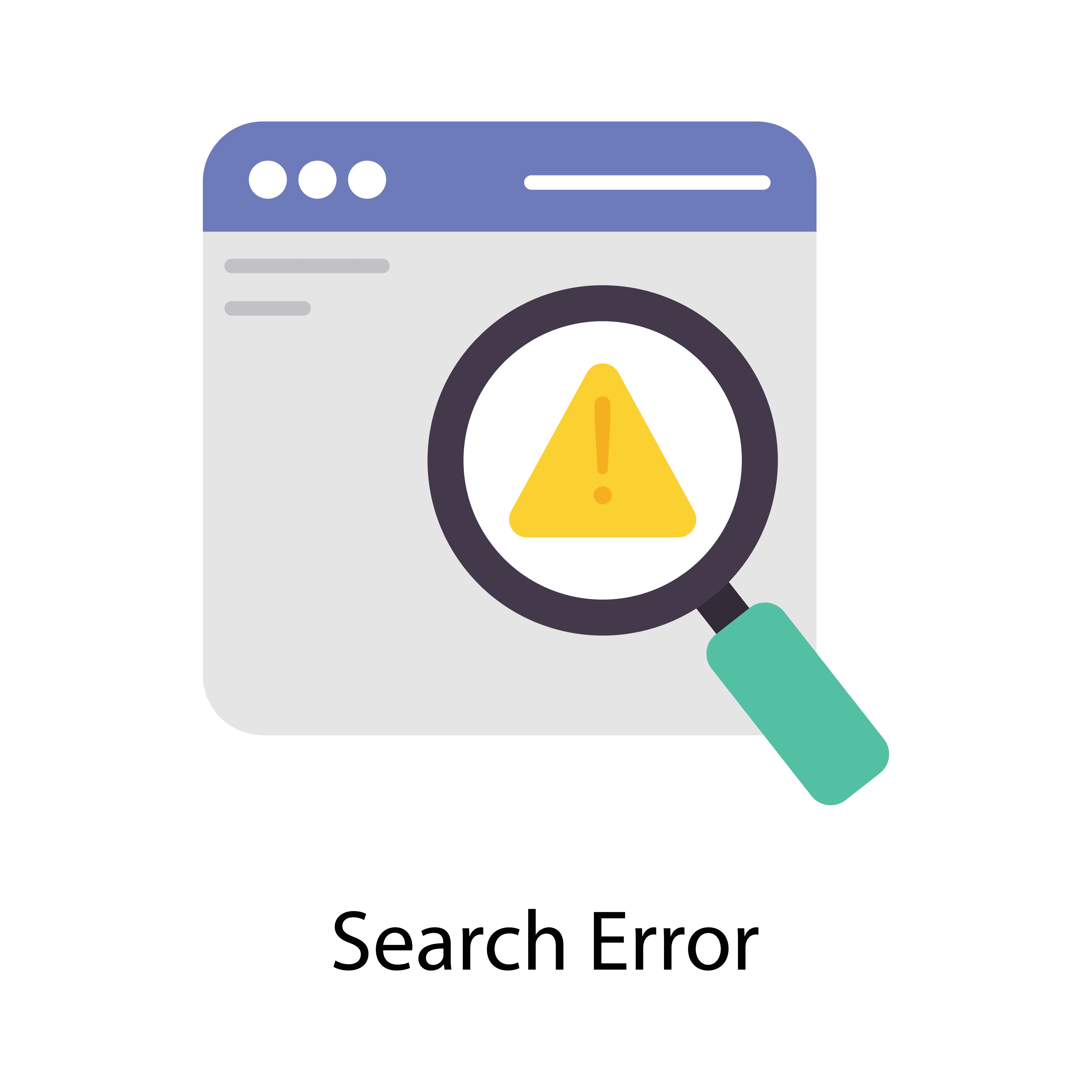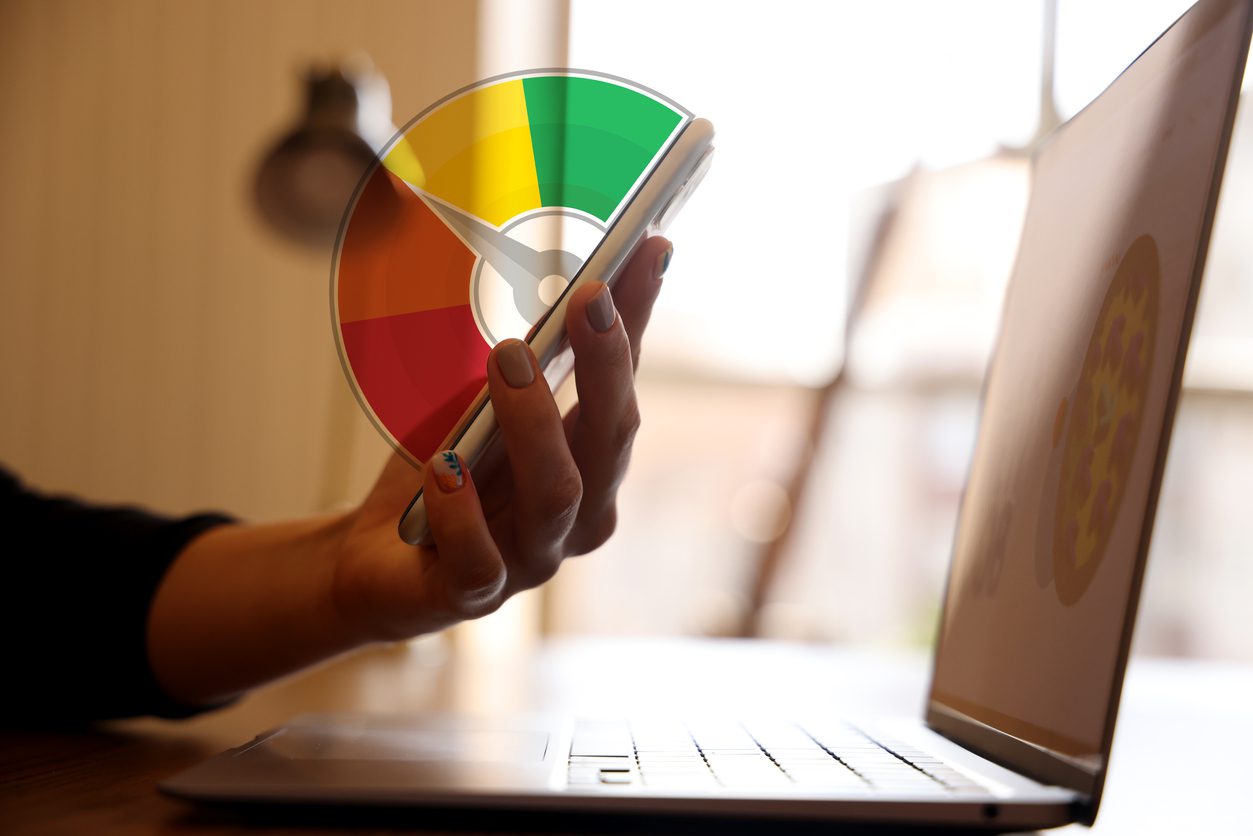The Online Reputation Risks of Working in a High-Profile Industry

Working in a high-profile industry brings both opportunities and challenges. While visibility can enhance professional opportunities and establish a strong online presence, it also increases exposure to reputation risk. A business’s online reputation can be significantly impacted by negative reviews, online conversations, and social media users sharing their opinions across online platforms. A single misstep can lead to negative publicity, reputational damage, and a significant drop in consumer trust.
What is a High-Profile Industry?
A high-profile industry attracts public opinion, media coverage, and scrutiny from social media platforms, search engines, and other online platforms. Professionals in these industries must prioritize reputation risk management to maintain a positive reputation and avoid reputational harm.
A company’s reputation in these industries is critical to its success. A positive brand online builds consumer trust, while reputational damage can result in potential harm, such as financial losses, legal action, and loss of competitive advantage.
Key Online Reputation Risks in High-Profile Industries
1. Public Scrutiny and Negative Publicity
Social media platforms have amplified public scrutiny. Social media users actively discuss brands, employees, and executives, influencing public opinion. Even negative comments from a large group of people can reflect poorly on a business.
Managing risks effectively:
- Monitor social media channels, search results, and review sites to stay ahead of potential risks.
- Implement a reputation management plan to address concerns proactively.
- Engage professionally in online conversations to control the narrative.
2. Negative Reviews and Customer Complaints
Negative reviews and customer complaints on review sites and social media platforms can significantly impact a business’s reputation. Poor experiences often gain more visibility than positive ones.
Reputation management strategies to mitigate reputational damage:
- Encourage current customers to leave positive feedback.
- Respond professionally to negative feedback and resolve customer complaints promptly.
- Maintain quality control to prevent potential risks associated with poor service.
3. Reputational Risk from Inappropriate Comments and Unethical Behavior
Executives and employees must be cautious about inappropriate comments or unethical behavior, as these can go viral, leading to reputational harm. A single social media site post can significantly impact public perception.
Proactive approach to reputation risk management:
- Provide training on reputation management and risk management for employees.
- Establish guidelines on acceptable social media presence and interactions.
- Take swift action against unethical behavior to reinforce company values.
4. Data Breaches and Cybersecurity Threats
A data breach can cause severe reputational damage, making customers lose trust in a business. Search engines, social media, and online channels quickly amplify security breaches, creating a long-lasting negative effect.
Risk management strategies:
- Enhance cybersecurity measures to protect customer data.
- Have a crisis management plan in place for handling breaches.
- Issue press releases to reassure current customers and prospective employers of improved security efforts.
How Online Reputation is Shaped in a High-Profile Industry
1. Social Media Presence and Public Perception
A strong online presence across social media platforms is essential but comes with risks. Social media channels can influence public opinion positively or negatively, depending on how a business interacts with its audience.
Maintaining a positive digital image:
- Actively monitor social media conversations about the brand.
- Address concerns before they escalate.
- Use social media channels to share press releases, industry insights, and customer success stories.
2. Search Results and Online Articles
What appears on Google Search when someone looks up your name or business affects credibility. Reputational risk examples include old scandals, misleading articles, or negative impacts from negative publicity.
Ways to improve search engine results:
- Optimize content for search engines to rank positive content higher.
- Create authoritative blog posts to reinforce expertise.
- Use a reputation management strategy to push down harmful content.
3. Online Reviews and Ratings
Online reviews on review sites like Google and TrustPilot significantly impact a business’s online reputation. Prospective employers and customers trust these ratings when making decisions.
Steps to improve online reviews:
- Encourage satisfied customers to leave reviews.
- Address negative comments with solutions rather than defensiveness.
- Highlight positive reviews in social media presence and marketing materials.
4. Media Coverage and News Reports
Negative media coverage can quickly damage a brand’s online perception. A single scandal or negative feedback can create a significant drop in credibility.
Crisis management strategies:
- Respond swiftly with accurate information.
- Work with public relations professionals to manage the damage.
- Issue press releases to control the narrative.
Consequences of a Damaged Online Reputation
1. Loss of Business and Professional Opportunities
A bad reputation can result in lost clients, investors, and potential employers overlooking qualified candidates.
2. Reduced Consumer Trust and Competitive Advantage
When consumers lose trust, they turn to competitors. This can lead to a negative impact on revenue and long-term brand equity.
3. Increased Legal and Compliance Risks
Defamation lawsuits, regulatory penalties, and legal action often follow reputational damage caused by misinformation.
4. Declining Employee Morale
A tarnished business’s reputation affects hiring and retention, as employees prefer to work for respected brands.
How to Protect and Strengthen Your Online Reputation
1. Implement a Reputation Management Plan
A clear online reputation management strategy helps businesses stay prepared for potential threats.
Key steps:
- Identify potential risks before they escalate.
- Monitor online channels and social media platforms regularly.
- Develop a crisis management response framework.
2. Be Proactive in Managing Risks
A proactive approach to reputation risk management prevents damage before it occurs.
Ways to stay ahead:
- Use AI tools to track online conversations and mentions.
- Engage in meaningful interactions on social media channels.
- Publish high-quality content to maintain credibility.
3. Respond to Negative Feedback Professionally
How a business handles negative feedback and customer complaints can shape its long-term reputation.
Best practices:
- Acknowledge concerns with professionalism.
- Offer resolutions rather than excuses.
- Avoid reacting emotionally to negative comments.
4. Utilize Online Reputation Management Services
Professional reputation management services help businesses mitigate reputational risks and maintain a positive online reputation.
Key benefits:
- Search results optimization to push down negative publicity.
- Crisis response to handle reputational damage effectively.
- Long-term brand building to enhance competitive advantage.
Final Thoughts
Search engines, social media sites, and other online platforms shape a company’s reputation. A strong online presence can lead to success, while reputational risks can significantly impact growth and credibility.
By adopting a reputation management strategy, addressing reputational risk proactively, and monitoring online conversations, businesses can protect their brand online, maintain consumer trust, and mitigate reputational damage effectively.



